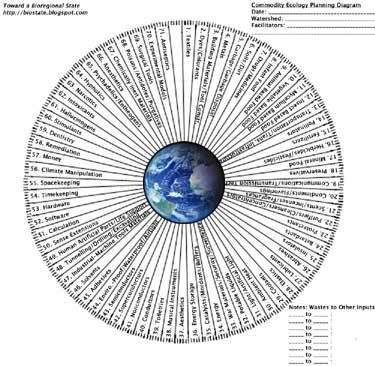Below is a map of the watershed comprising June Sucker Nation, sometimes called the Utah Lake - Jordan River Watershed, showing its topography, border, waterways and water-bodies.

In the map below, you can see that our watershed comprises two major climate regions. Above the line delineating the Wasatch Front lies the cold-temperate alpine region. Below that line lies the semi-arid savannah climate region. The overlap of these regions is not precise and the transition is called an eco-tone. In this case, a "humid-continental" climate is created in the transition, where we see temperate wetlands and more fertile valleys than we see west of our watershed perimeter in the savannahs of the Great Basin.
 Also illustrated is the known historical habitat and range of the June Sucker, lying at the heart of the watershed and overlapping each of its 5 sub-basins.
Also illustrated is the known historical habitat and range of the June Sucker, lying at the heart of the watershed and overlapping each of its 5 sub-basins.
 Also illustrated is the known historical habitat and range of the June Sucker, lying at the heart of the watershed and overlapping each of its 5 sub-basins.
Also illustrated is the known historical habitat and range of the June Sucker, lying at the heart of the watershed and overlapping each of its 5 sub-basins.Does your community lie within these boundaries? Does the way we live reflect the renewable resources of sun, wind, water, and biomass available to us within this region? Do we aid and facilitate or inhibit and hamper natural regenerative forces? Do we live with ecology and natural systems in mind?
What would our culture look like it we redesigned our lives to equitably use and share the abundance provided by the whole systems of our watershed: from the top to bottom; source to sink; mountain ridges to Great Salt Lake; forests to wetlands? And what kind of a transition would we have that be? Permaculturalist David Holmgren has envisioned it as potentially a "graceful descent".

















No comments:
Post a Comment